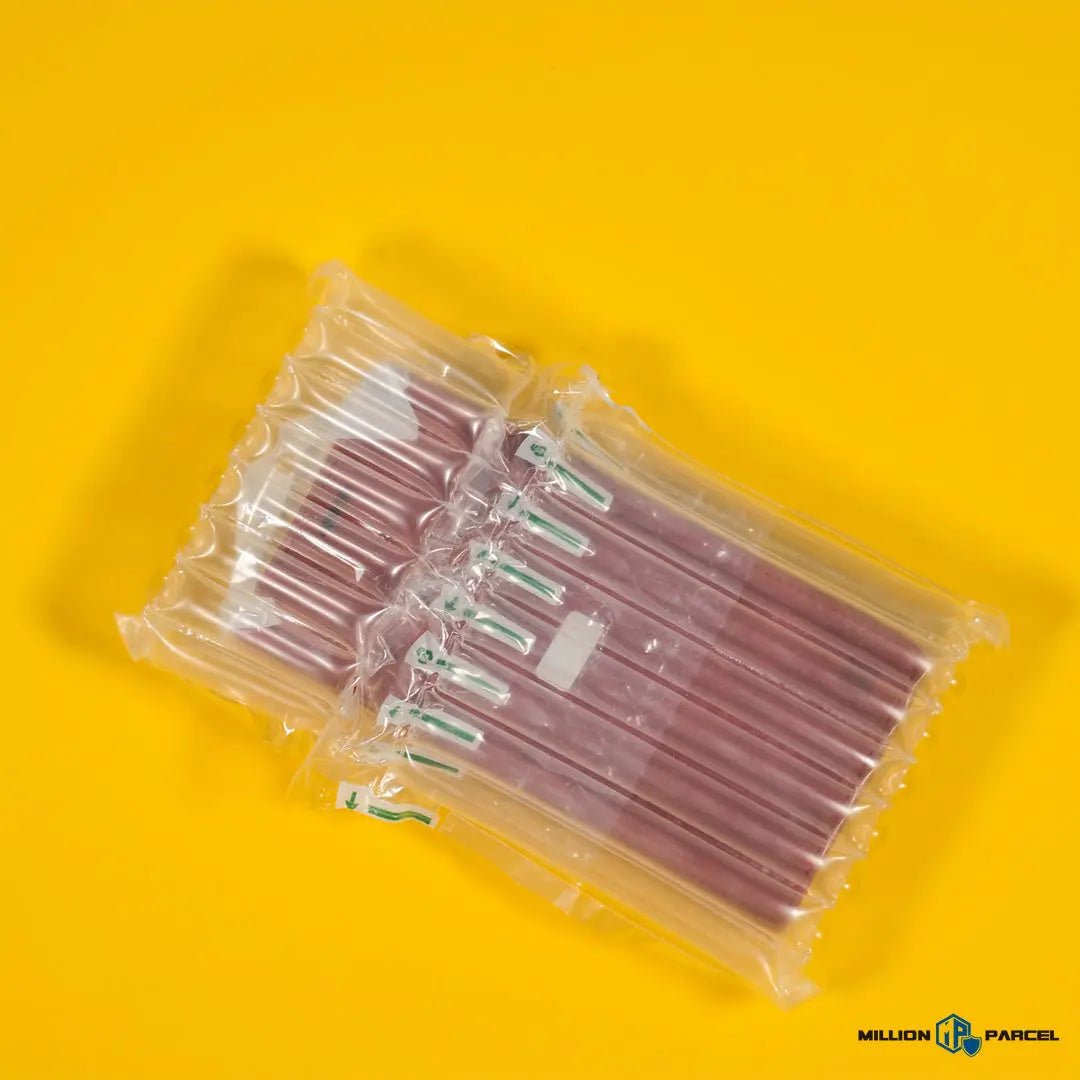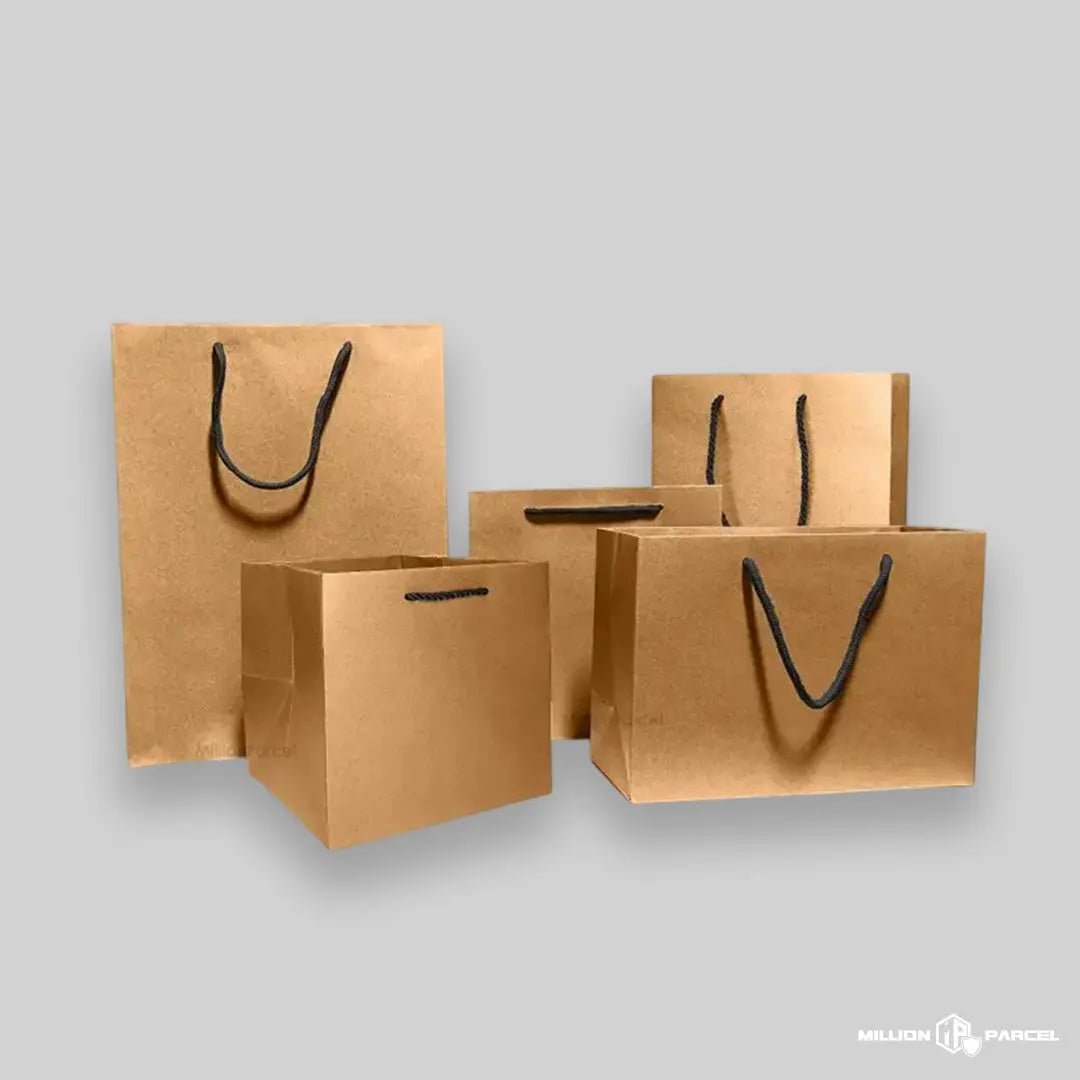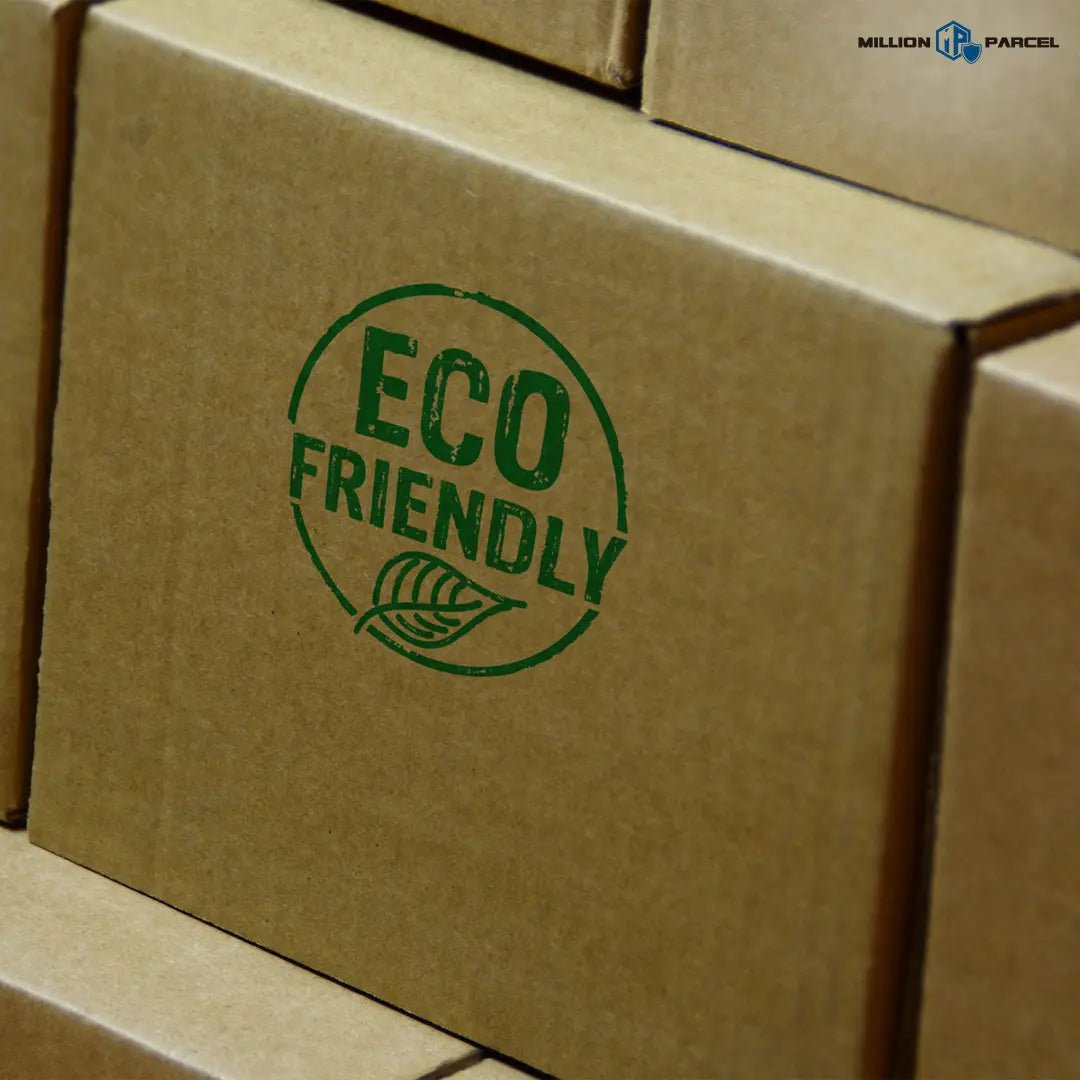Key Takeaways
- Lightweight packaging helps lower shipping costs without compromising product protection.
- Choosing the right materials and design ensures efficiency and cost-effectiveness.
- Strategies like compact packaging, reducing padding, and consolidating shipments can enhance savings.
Shipping costs can quickly eat into your profits, but there’s a smart solution to cut those expenses—lightweight packaging. By choosing the right materials and design, you can save money without compromising on product protection. Many businesses overlook how much excess weight adds to shipping fees, but optimising packaging can significantly impact your bottom line.
1. What are the Best Lightweight Materials for Shipping Cost Reduction?
Selecting the right materials is crucial for lightweight packaging solutions. Instead of heavy corrugated boxes, consider alternatives such as:
- Carton boxes: These provide durability while being lighter than traditional shipping boxes.
- Bubble mailers: Ideal for smaller, non-fragile items, these reduce the need for excessive cushioning.

- Air pillows: These provide protection without adding weight, making them a better option than foam or paper stuffing.
By using these cost-effective shipping materials, businesses can cut down on shipping weight while maintaining product safety.
2. How Can Compact Packaging Design Help Reduce Shipping Costs?
An efficient packaging design means using materials smartly. Oversized packaging leads to increased dimensional weight charges, which some carriers apply. To avoid this:
- Ensure the packaging fits the product snugly.
- Use inserts or dividers to prevent shifting inside the box.
- Reduce unnecessary layers of wrapping.
For example, using a corrugated box with a well-designed insert can provide both protection and a snug fit, eliminating the need for excessive fillers.
3. How to Minimise Padding While Keeping Products Safe?
Over-packaging is a common mistake that increases shipping costs. While padding is essential for fragile items, too much can add unnecessary weight. Instead, use lightweight alternatives like foam sheets instead of thick Styrofoam. Choose plastic packaging that offers durability without bulk.
Test different cushioning methods to determine the minimum required for safe delivery. By eliminating excess padding, businesses can reduce both material costs and overall shipping expenses.
4. Can Flat-Rate Shipping Save You Money with Lightweight Packaging?
Many courier services offer flat-rate shipping, which can be beneficial when using lightweight packaging. This method is ideal for businesses that ship small, light products frequently. Consider:
- Using pre-approved flat-rate boxes from major carriers.
- Weighing your packages beforehand to determine the best shipping option.
- Comparing rates between carriers to find the most cost-effective service.
Lightweight packaging can help businesses maximise these cost-saving opportunities while ensuring timely deliveries.
5. Why Should Businesses Consolidate Shipments to Lower Costs?
Another effective strategy is consolidating multiple shipments into a single package. Instead of sending multiple smaller parcels, businesses can:
- Combine orders going to the same destination.
- Use dividers or partitions within a carton box to separate items.
- Partner with third-party logistics providers that offer bulk shipping discounts.
By minimising the number of shipments, businesses can lower overall shipping fees and improve efficiency.
Reducing shipping costs starts with optimising your lightweight packaging strategy. By selecting the right materials, designing compact packaging, reducing excessive padding, utilising flat-rate options, and consolidating shipments, businesses can achieve significant savings.
If you're looking for high-quality, cost-effective packaging solutions, explore MillionParcel today to find the best options for your shipping needs!






发表评论
此站点受 hCaptcha 保护,并且 hCaptcha 隐私政策和服务条款适用。